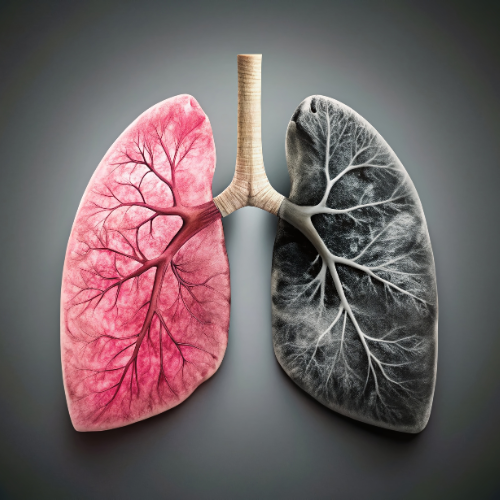
Arizona Tile, L.L.C.
February 27, 2024
DuPont’s Awareness of the Dangers of Artificial Stone Product, Corian: 2014 – 2018
March 5, 2024Blog

DuPont – Corian: 1967 – 2013
E.I. du Pont de Nemours and Company, commonly known as DuPont, has long been a titan in the chemical industry, pioneering the development of numerous polymers and composite materials such as neoprene, nylon, Teflon, and Corian®. Founded in 1802, DuPont's innovations have undeniably shaped the modern world. However, the company's handling of health hazards associated with its products, particularly Corian®, raises grave concerns about its commitment to worker safety and transparency.
Corian®, introduced by DuPont scientists in 1967, is marketed as a solid, non-porous surfacing material, primarily composed of acrylic resin and natural minerals. Unlike other artificial stone products, Corian® does not contain crystalline silica, a known cause of silicosis. However, reports have emerged of workers developing a fibrotic lung disease similar to silicosis, attributed to aluminum trihydrate, a key ingredient in Corian®. This revelation is particularly alarming given DuPont's historical awareness of the industrial hazards posed by materials like crystalline silica, dating back to employee lawsuits in the 1930s and 1940s over silicosis claims.
The first reported case of Corian®-induced pulmonary fibrosis emerged in 2010, involving a worker with over a decade of experience in Corian® fabrication. Despite using protective equipment, the worker developed severe respiratory issues, underscoring the potential health risks associated with Corian® dust exposure. This case, coupled with DuPont's extensive history and expertise in chemical manufacturing, suggests that the company should have been well aware of the potential risks and taken proactive measures to protect workers.
DuPont's Material Safety Data Sheets (MSDS) for Corian®, particularly the version issued in April 2011, further highlight the company's misleading communication regarding the product's safety. The MSDS ambiguously lists "Solid Surface Material" as the sole component without detailing the presence of potentially hazardous substances like aluminum dihydrate or silica. This lack of specificity obscures the real risks posed by Corian® dust, which can contain harmful compounds.
Moreover, the MSDS provides contradictory and inadequate safety instructions. Initial statements in the document claim the product is not hazardous "as such," potentially dissuading readers from delving deeper into the document where the processing hazards are mentioned. The guidance on avoiding dust inhalation during fabrication is impractical and insufficient, failing to address the reality that dust generation is inherent to the material's processing. The recommendation against the need for respiratory protective equipment, followed by a vague suggestion to use dust safety masks at certain dust concentrations, leaves workers without clear, actionable measures to protect themselves from potential harm.
Furthermore, the MSDS trivializes the respiratory hazards of Corian® by suggesting all dusts are potentially injurious if inhaled, without distinguishing between "nuisance dusts" and toxic substances like aluminum hydrate, which can cause serious lung diseases. The lack of information on the respiratory hazards of compounds released during processing, such as methyl methacrylate and butyl acrylate, is a glaring omission given their potential health impacts.
DuPont's approach to handling and storage instructions in the MSDS is equally concerning. The directive to "not breathe dust" is unrealistic for workers engaged in daily material processing, and the assertion that "no personal respiratory protective equipment normally required" directly contradicts the need for dust safety masks under certain conditions. This inconsistency not only confuses but also endangers workers by downplaying the necessity for adequate respiratory protection.
In conclusion, DuPont's handling of Corian® safety data exemplifies a troubling disregard for the well-being of workers who fabricate and process this widely used material. The company's failure to provide clear, accurate, and practical safety information undermines its reputation and raises serious ethical concerns about its commitment to health and safety standards. As a leader in the chemical industry, DuPont must prioritize transparency and the protection of workers over obfuscation and complacency, ensuring that its legacy is not marred by preventable health crises.


